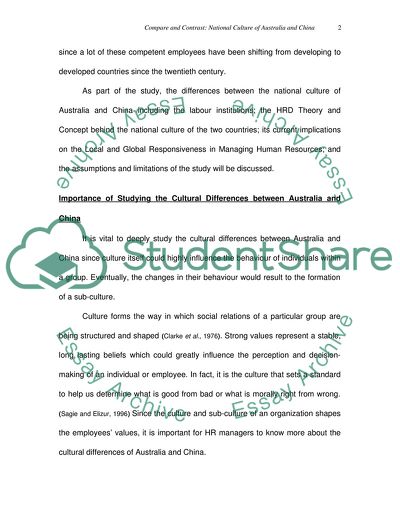Cite this document
(Comparison of the National Cultures of Australia and the China Coursework, n.d.)
Comparison of the National Cultures of Australia and the China Coursework. https://studentshare.org/human-resources/1708225-compare-and-contrast-the-national-cultures-and-the-labour-institutions-of-australia-and-any-one-other-country-discuss-the-implications-for-a-global-or-locally
Comparison of the National Cultures of Australia and the China Coursework. https://studentshare.org/human-resources/1708225-compare-and-contrast-the-national-cultures-and-the-labour-institutions-of-australia-and-any-one-other-country-discuss-the-implications-for-a-global-or-locally
(Comparison of the National Cultures of Australia and the China Coursework)
Comparison of the National Cultures of Australia and the China Coursework. https://studentshare.org/human-resources/1708225-compare-and-contrast-the-national-cultures-and-the-labour-institutions-of-australia-and-any-one-other-country-discuss-the-implications-for-a-global-or-locally.
Comparison of the National Cultures of Australia and the China Coursework. https://studentshare.org/human-resources/1708225-compare-and-contrast-the-national-cultures-and-the-labour-institutions-of-australia-and-any-one-other-country-discuss-the-implications-for-a-global-or-locally.
“Comparison of the National Cultures of Australia and the China Coursework”. https://studentshare.org/human-resources/1708225-compare-and-contrast-the-national-cultures-and-the-labour-institutions-of-australia-and-any-one-other-country-discuss-the-implications-for-a-global-or-locally.


